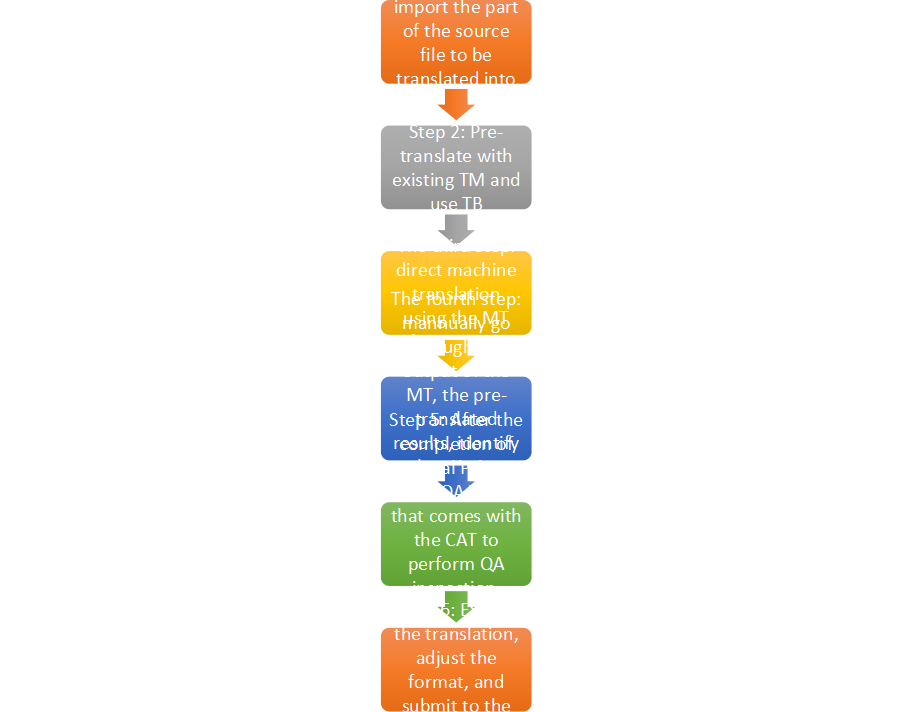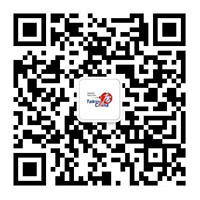Project Background:
Company A has a large number of e-commerce products-related documents that need to be translated. It requires native translators but the expected accuracy rate is not high, with a time limit and a budget that are only half of regular ones.
Customer needs:
Need to get the translated manuscript as soon as possible; it’s English to Russian and Spanish translation; have certain expectations for quality but not particularly high; the budget is very limited; can provide translation memory corpus (TM) and terminology library (TB); the file are in excel format.
Project Analysis: T
This project is large, urgent and with low budget; normal process will be hard to follow; but the file format is easy to handle. After analysis, we found that the contents to be translated were mostly independent words, even sentences were very simple, which is very consistent with the characteristics of machine-edited post-editing (MTPE) products. Based on the principle of being responsible for the customer, we used a part of the manuscript to do a preliminary test and found that the effect of the machine translation was generally satisfactory. So we recommended MTPE product to our customer.
There are three products in TalkingChina's machine translation service: no editing, rough editing and elaborate editing after MT. For this project, we select “elaborate editing” according to customer needs and project analysis.
TalkingChina’s Solutions: The project workflow we developed is as follows:

Project Highlights:
1.There are a variety of MT engines on the market, how to choose from them? According to the customer's language pair, we chose Google MT;
2.Select native translators with MTPE experience and understandings of MTPE principles to participate in the project
3.Although it is machine translation, the production workflow, the use of technical tools, the management of terminology, the QA and the choice of native translators are all strict;
4.Adjust the MT output result according to the following points
1) Refer to customer-supplied terms and other references for term/vocabulary consistency,;
2)Use standard punctuation, number signs, special symbols and abbreviations;
3)The format is correct (e.g. adjusting the position of the tag in the CAT)
4) Conform to the common usage of the target language (e.g.: The number 0.50 should be adjusted to 0, 50 in Russian);
5) Meet other customer requirements.
Reflections on and Evaluation of the Project:
In the end, the project passed the customer's review, met its requirements for quality, schedule and budget, and the product was successfully delivered to the target market as scheduled. The focus of this project was to provide the most suitable solution for the customer's needs and solve the problem for the customer. Through MT technology, we have shortened the work cycle, reduced costs and helped our customer achieve satisfactory results. However, while using MT technology, we were also meticulous in terms of production process, application of technical tools such as CAT, QA and terminology management and the selection of native speakers to meet the requirements of the project.
Therefore, machine translation post-editing is not synonymous with low quality. It also strictly follow the procedures and principles of this product. It may be the best solution in a suitable project. TalkingChina has always been open to new technologies and new innovations. It has been keeping up with the wave of industry technology development, constantly improving its product portfolio, providing customers with more choices, and increasingly making the “Impossible” into the "Possible".






